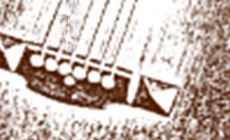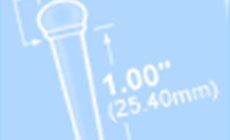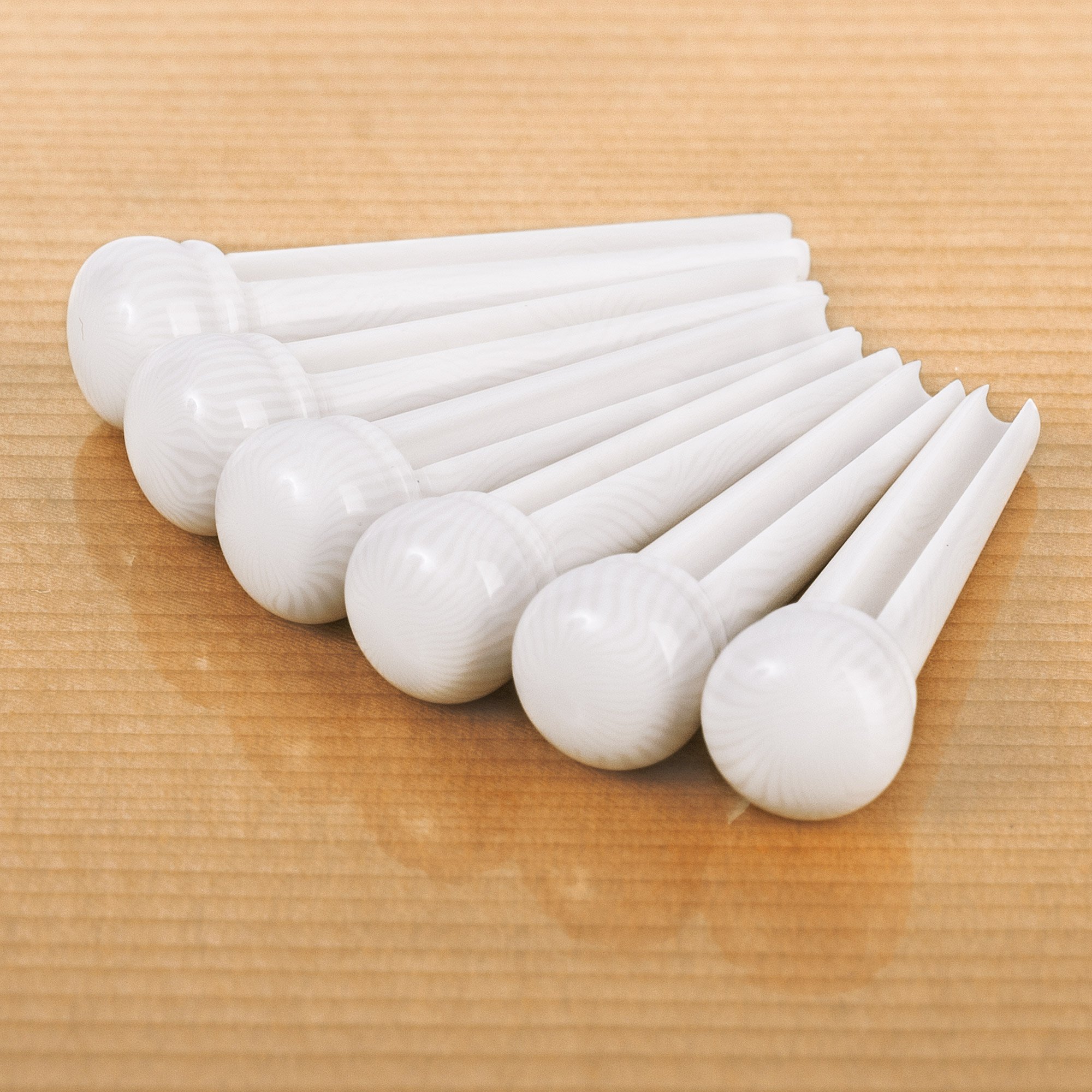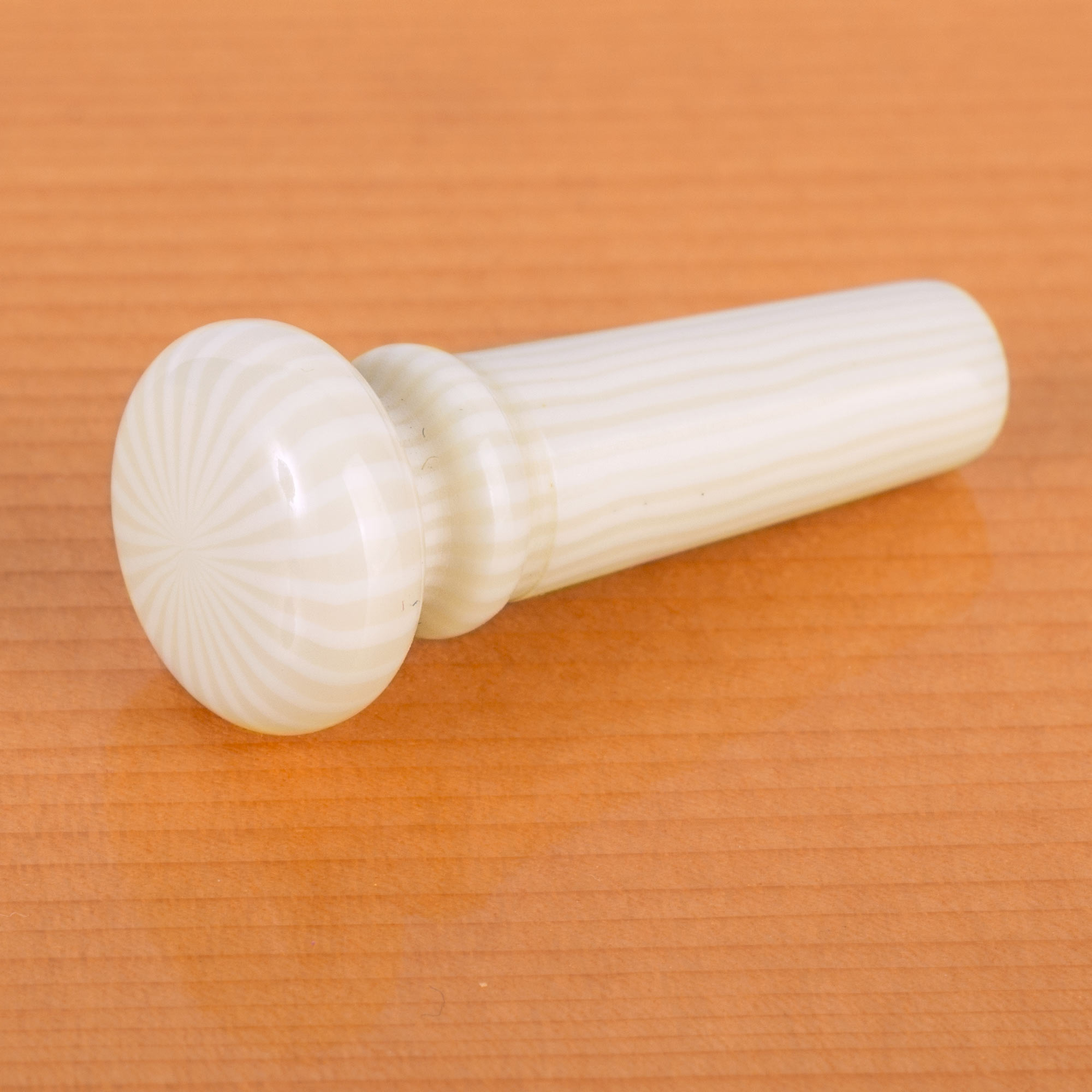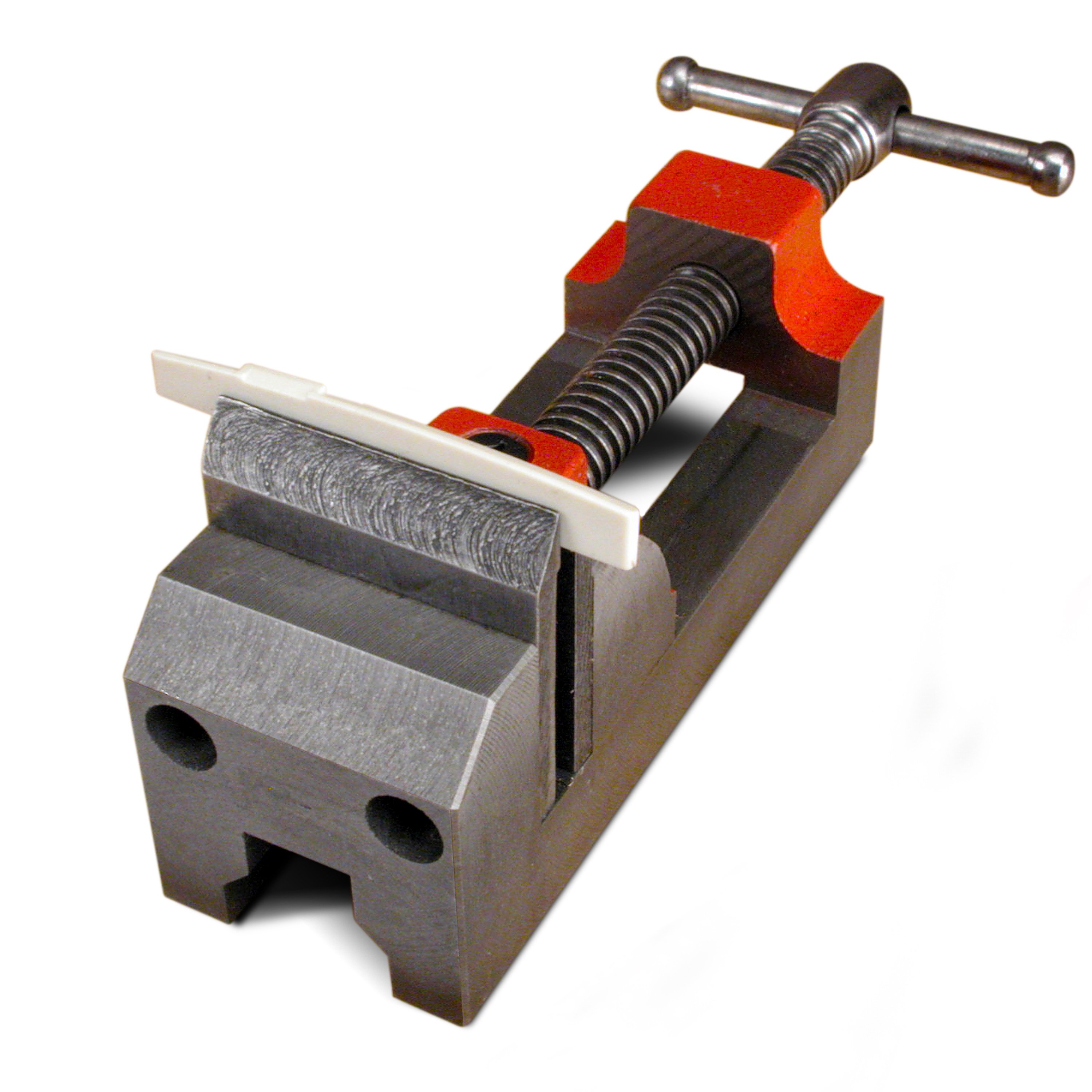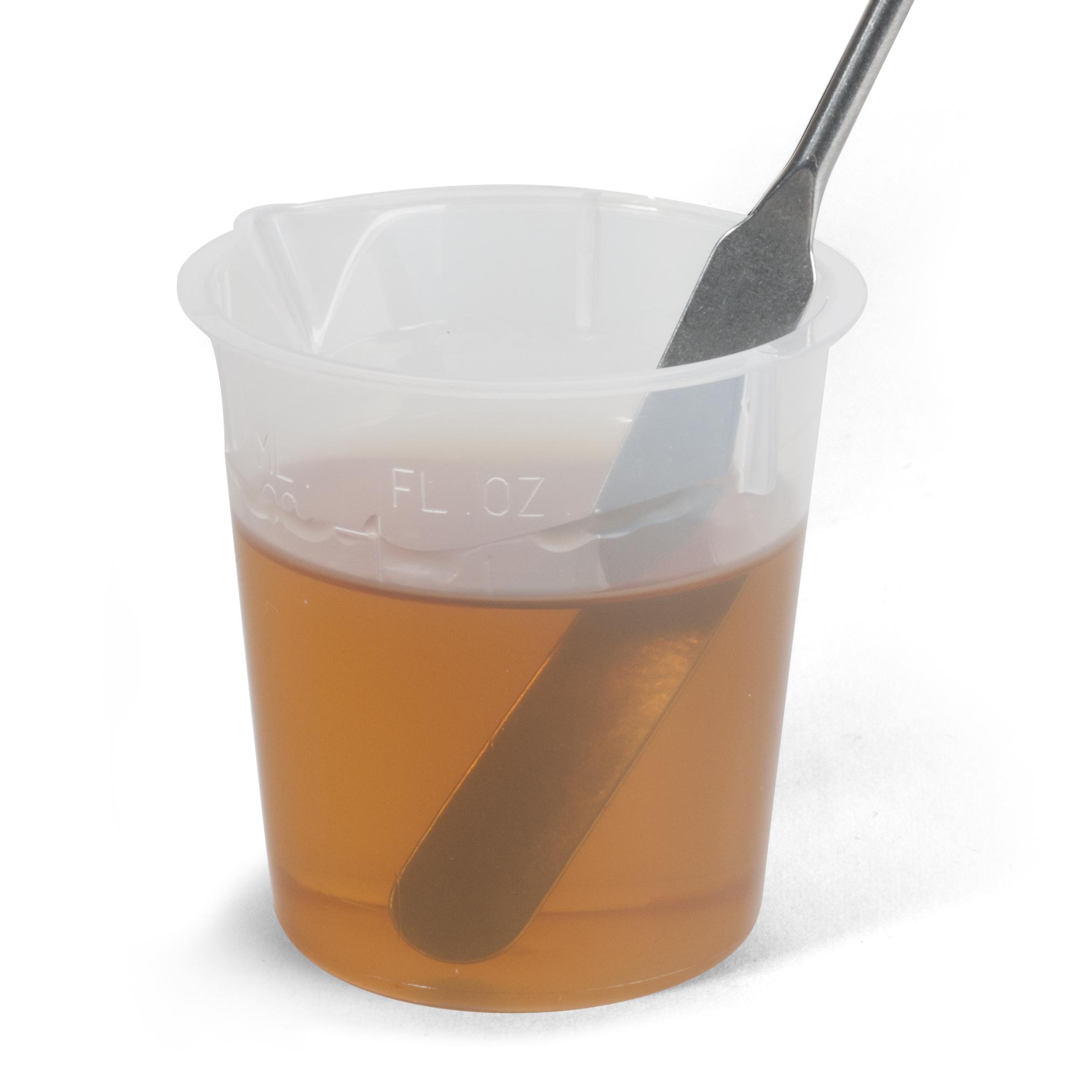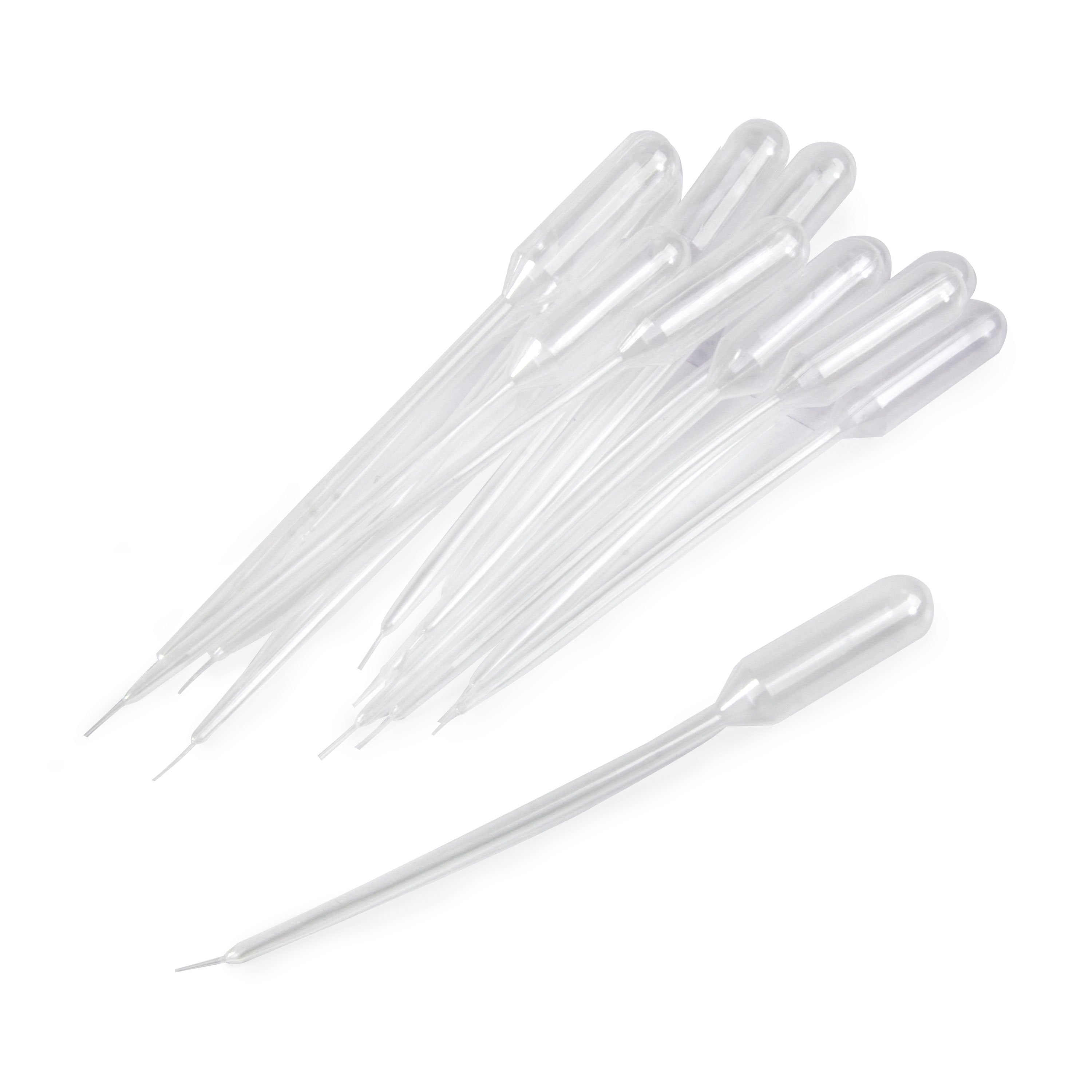Making new bridge pins look old on a vintage Gibson
Last week a 1928 Gibson L-1 came into my shop — just like the one in that most-famous-of-all delta blues photos. I’ve only seen two of these in my life, and it’s a treat to work on one. The guitar had five yellowed bridge pins (originally white) and one black plastic misfit. Here’s how I made a “looks-like-new” Ivoroid Bridge Pin “look-like-old” to match the originals. (I gave it a matching Endpin, too.) This old bridge is an oddball! Gibson installed a miniature 7th pin just for decoration. This baby-size pin is glued in and serves no functional purpose, but it looks cool! And there’s more weirdness: the bridge is made of 3 pieces of Brazilian rosewood sandwiched together in this unusual shape. Gibson used this bridge on several guitars, ukes, and tenor guitars in the late 1920s and into the 1930s. Old Gibson catalogs from the 20s and 30s refer to “white bridge pins” in their description of the L-1. I’m betting these yellowed pins are original. Our ivoroid bridge pins and endpin are a good match, except for their white color: they need 90 years of yellowing! To get this, I poured a little Behkol solvent into a mixing cup and added a single drop of Vintage Amber ColorTone Stain. Just a touch turned the new pins into vintage ones. Our bridge pins are individually machined, not injection-molded, so they don’t have tell-tale “parting lines” like some old pins. This would be a good thing, except that I actually want to make this pin look lower-quality as if it was molded! This was easy to do by scoring a line in the pin with a sharp knife. Here's another 7-pin bridge from the pages of a Gibson catalog in the late 20s or early 30s. "Machined, not molded. Our bridge pins are never warped or badly shaped, and they don't have mold lines. That's a fussy way to make bridge pins, but it's worth it."Making new bridge pins look old on this Robert Johnson era Gibson
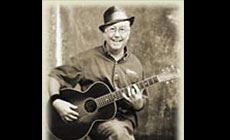
Using amber stain as a time machine
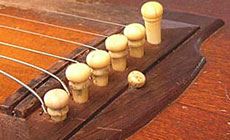
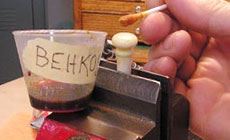
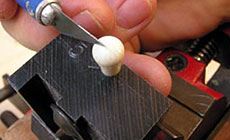
Gibson Special
